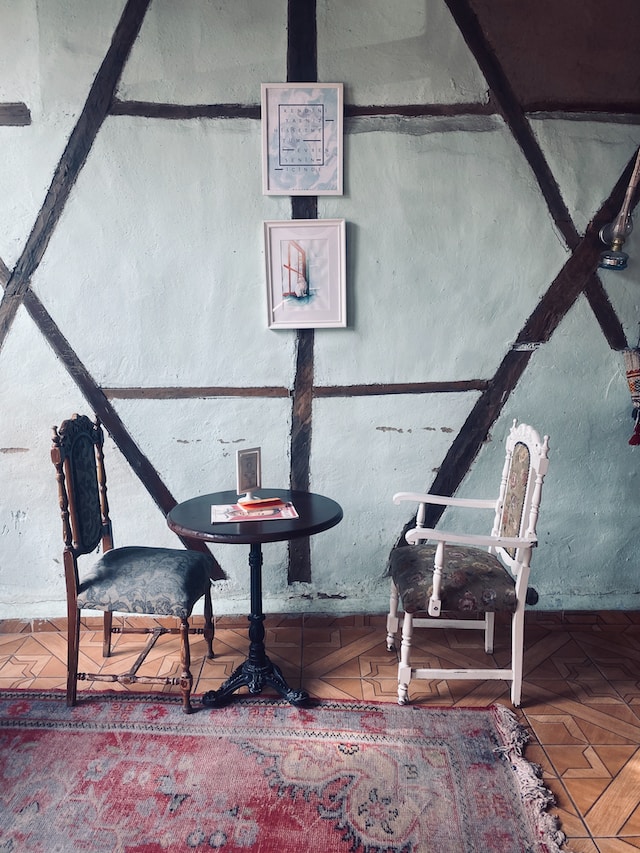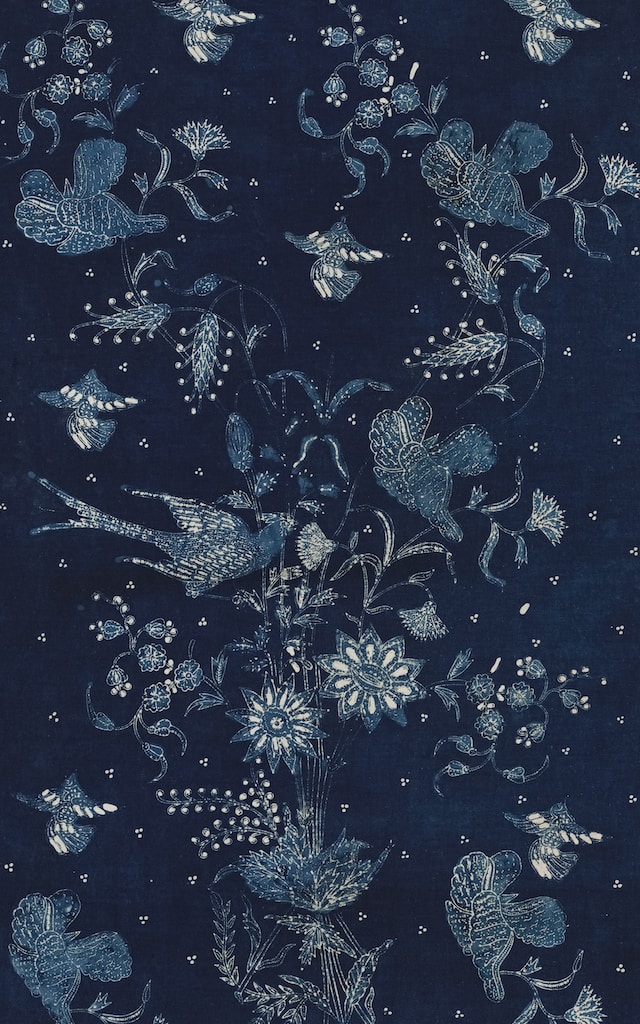
History of Native Art Carpets
Native Art Carpets
The history of Native art carpets is a fascinating journey that showcases the creativity and cultural significance of indigenous communities. (As opposed to) being merely decorative pieces, these carpets tell stories and reflect the traditions and beliefs of their creators. (You can see) intricate patterns and vibrant colors in each carpet, highlighting the craftsmanship and attention to detail that goes into making them.
Native art carpets have been passed down through generations, (and they're) valued for their beauty and symbolism. (They're not just) floor coverings, but works of art that hold deep meaning for those who make them. (These carpets are) often used in ceremonies or as gifts to honor special occasions.
From traditional designs to more contemporary styles, Native art carpets continue to evolve while still preserving ancestral techniques and motifs. The weaving process is labor-intensive, requiring skill and patience to achieve the desired results.
In conclusion, the history of Native art carpets is a rich tapestry of culture, tradition, and creativity. Each carpet tells a unique story that connects past generations with the present. (So next time you see one), take a moment to appreciate the craftsmanship and heritage behind these beautiful creations.


